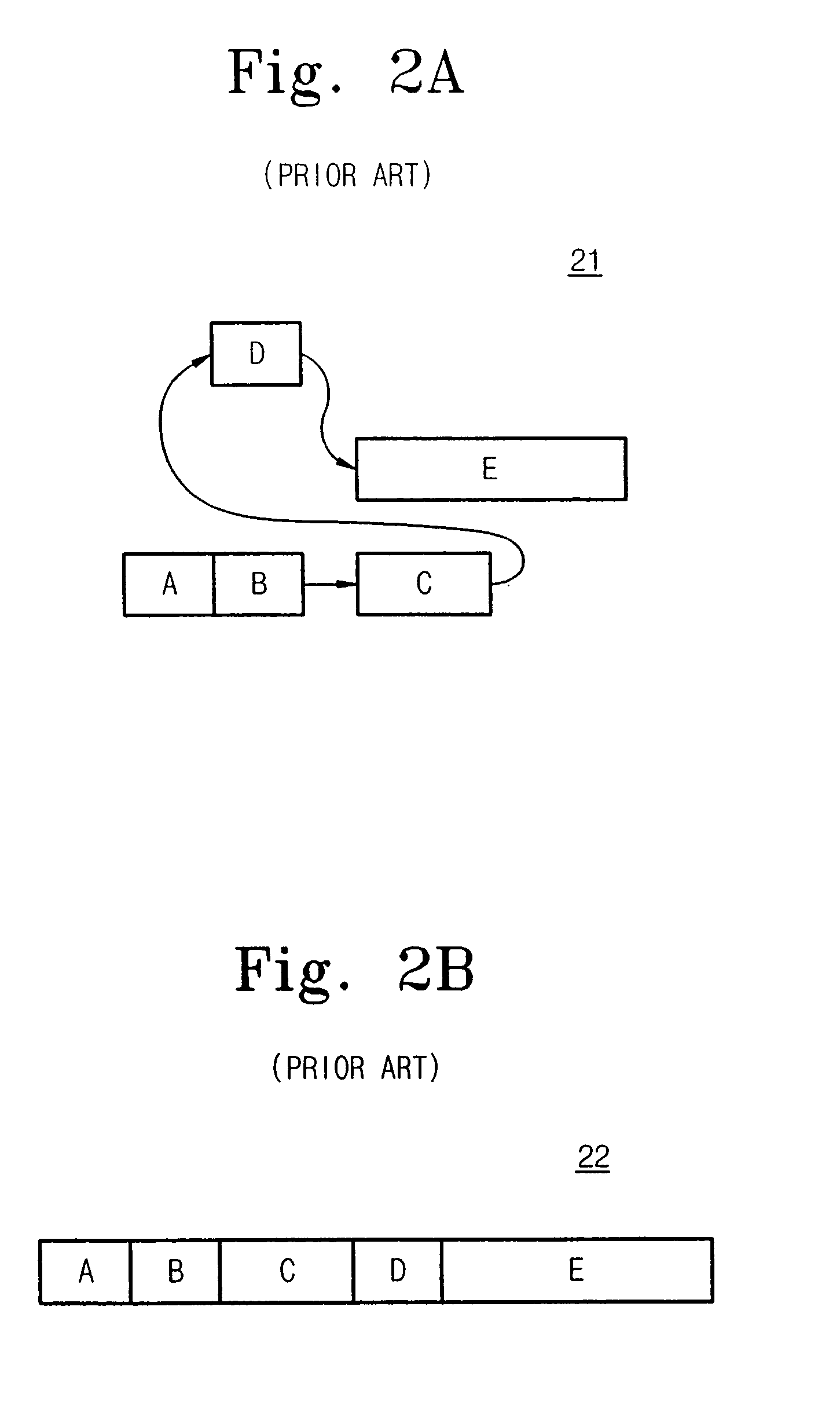Method of an address trace cache storing loop control information to conserve trace cache area
a loop control and address trace technology, applied in the field of address trace cache storing loop control information to conserve cache area, can solve the problems of affecting performance degradation, causing bubbles or gaps in the pipeline, and causing mispredicted branch penalties, etc., to reduce chip size and manufacturing cost, and shorten address decoding time
- Summary
- Abstract
- Description
- Claims
- Application Information
AI Technical Summary
Benefits of technology
Problems solved by technology
Method used
Image
Examples
Embodiment Construction
[0030]A new and improved trace cache stores an address trace itself corresponding to an instruction with a decoded form, thus shortening address decoding time for each instruction. The new and improved trace cache uses a small amount of trace cache memory in storing an address trace to a repetitively executed routine, thus decreasing chip size and manufacturing cost.
[0031]FIG. 3 illustrates one example of a repetitive instruction pattern. In a routine 1, operations A and B are repeated 30 times. When the routine 1 is finished, a routine 2 is carried out wherein operations C, D, and E are sequentially repeated 20 times. When the routine 2 is finished, a routine 3 is carried out wherein operations F and G are repeated 40 times.
[0032]Assuming that, for example, the routines shown in FIG. 3 are carried out, FIG. 4 shows instructions that are stored in a trace cache 22 according to prior art. Referring now to FIG. 4, the trace cache 22 stores instructions based upon their execution order...
PUM
 Login to View More
Login to View More Abstract
Description
Claims
Application Information
 Login to View More
Login to View More - R&D
- Intellectual Property
- Life Sciences
- Materials
- Tech Scout
- Unparalleled Data Quality
- Higher Quality Content
- 60% Fewer Hallucinations
Browse by: Latest US Patents, China's latest patents, Technical Efficacy Thesaurus, Application Domain, Technology Topic, Popular Technical Reports.
© 2025 PatSnap. All rights reserved.Legal|Privacy policy|Modern Slavery Act Transparency Statement|Sitemap|About US| Contact US: help@patsnap.com



